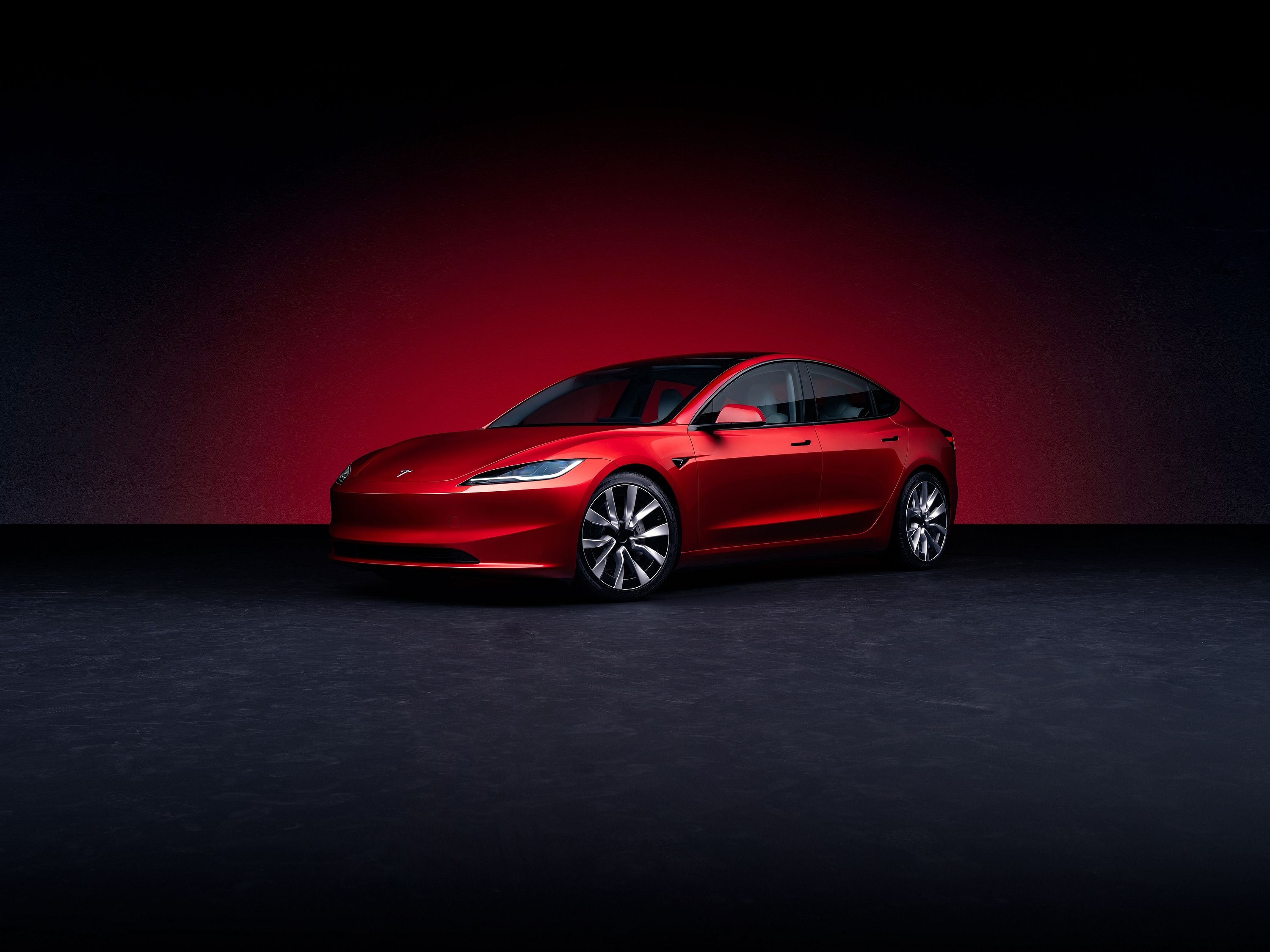
Tesla is building a lot of anticipation for some of its new offerings. There's the Model S Plaid coming soon with over 1,000 horsepower, and then we have the ridiculously quick Roadster and the 400-mile Model Y. Beyond that, CEO Elon Musk announced this week that Autopilot V9.0 updates are rolling out.
With these updates come a camera- and AI-based version of Autopilot, as well as the so-called Full Self Driving feature and Autopilot Enhanced tech that allows for vehicle summoning and automatic parking. However, as a vision-based system that deletes the commonly used radars that were formerly fitted, safety agencies are not convinced that Tesla vehicles will be as safe as they currently are. As a result, some have dropped Tesla safety ratings.
The updates that Musk announced affect the Model 3 and Model Y, both have which have now been singled out by Consumer Reports and the Insurance Institute for Highway Safety (IIHS). However, before all the naysayers jump in with their sage rhetoric, it should be noted that these safety agencies are not calling these two Tesla models explicitly unsafe but lowering their safety ratings. Consumer Reports dropped the two models' "Top Pick" rating while the IIHS reportedly intends to remove the cars' "Top Safety Pick+" ranking. This applies to vehicles built after April 27, but why are these agencies not won over by the new vision-based tech?
Consumer Reports' VP of Advocacy, David Friedman explains: "If a driver thinks their vehicle has a safety feature and it doesn't, that fundamentally changes the safety profile of the vehicle." Simply put, the agencies have more faith in radar-based systems, but the IIHS does intend to test the new system, and if it works as well as or better than before, the safety ratings may be reinstated.
Furthermore, the Tesla website says that some vehicles may be delivered with some safety features temporarily "limited or inactive", including Autosteer, Tesla's version of lane keep assist, which is currently limited to 75 mph. So while the new driver-assistance tech may actually be better, until these safety agencies can prove that the systems work as intended, Tesla will have to accept a lower safety rating.
